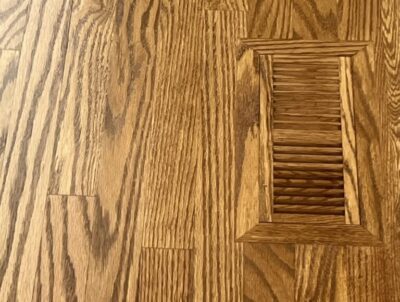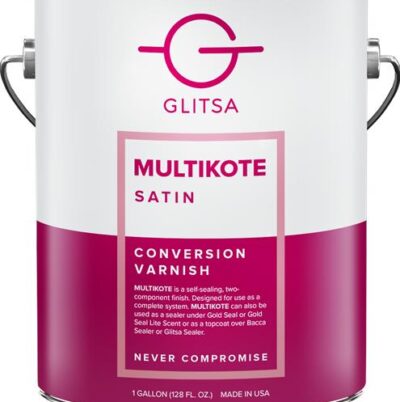Dustless sanding creates quality
Wood floor sanding is a process of methodical technique mixed with keen observation skills. Dustless sanding is a component that greatly enhances the quality of a project and keeps our projects clean. Cleaner worker areas result in a better appearance for the finish on your floors.
Color and Sheen
Dura Seal Nutmeg/Glitsa MultiKote Satin






All of the pictures above are from the same wood floor project. It demonstrates the way in which many factors impact the look of a color. The color we used in the project is Dura Seal Nutmeg combined with a conversion varnish finishing system.
In general, nutmeg is a light to medium colored brown tone stain. It is generally the lightest brown tone stain that does a good job of subduing red oak color. Nutmeg tends to go best with neutral or earth tone colors.
Some of the pictures were taken in such a way to illustrate the luster of a satin floor finish. Manufacturers provide a general range for the light reflection properties of a finish (gloss, semi-gloss, satin, and matte). Other factors impacting the sheen of a wood floor are the application rate and sanding quality. Wood flooring with a rough surface will absorb more finish into the wood fibers. A well sanded surface will allow finish to provide a thicker protective layer where it counts.

Finishes applied to wood floors can have variable application rates depending on the product. In the case of the pictures above, we applied the following finish system: Dura Seal nutmeg penetrating finish, Glitsa green label sealer, and Glitsa Multikote satin. In this system, the final sheen is provided by the final finish coat. The coverage rate for these products is approximately 325 square feet per gallon because the solids content is approximately 45-48%. Contrast this with other categories of products that have 25-32% solids and 500-600 sq ft per gallon coverage. The lower viscosity finishing systems require additional layers of finish to be applied to achieve comparable protection.
Upselling the number of finish coats applied to entice customers is a classic strategy of shortcut contractors. Applying more finish to a poorly sanded wood floor will not provide more protection. Dustless sanding equipment is not a necessity for a project though it does yield a better surface finish.
Reasons for Product Choices
Reliable Adhesion
The project we have shared above was part of a home remodel. Following initial sanding and finishing, we left the floor for use to other trades for a period of time. To ensure no peeling occurred due to tape application, we chose a conversion varnish system. This finish chemically integrates into the fibers of a wood floor. Each successive layer also chemically fuses with the previous layers.
Higher Solids Content
Sealing the wood fibers in a floor requires adequate protective solids in a product. This project used high solids products and proper sanding to achieve a flat and well saturated floor surface.
Service Life
How long a newly finished wood floor lasts depends project results and maintenance procedures afterwards. We recommend keeping your floors clean and maintaining the hygiene of pet nails. Foot traffic and excessive wear increase when maintenance takes a back seat.

“Solids are the protective resin in a wood floor finish. In order to have a better wood floor we choose finish with higher percentage solids content”
Reviews
Want to know what drives us? We are always striving to improve our product and welcome all feedback. Please contact us today.
